New York, N.Y. Over fifty Indian features, documentaries and short films screened over Memorial Day Weekend as the 12th Annual New York Indian Film Festival (NYIFF) played at the Tribeca Cinemas and NYU’s Skirball Center for the Performing Arts. Presented by the Indo-American Arts Council (IAAC), the Festival opened with the world premiere red carpet screening of Bedabrata Pain’s Chittagong at the iconic Paris Theater. The longest-running and most prestigious showcase of Indian films in the U.S., the Festival attracted high profile celebrities and guests.
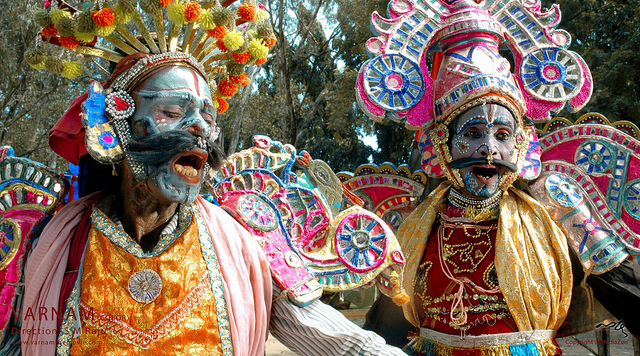
From the film "Varnam." Photo: New York Indian Film Festival.
And the winners for the 12th Annual New York Indian Film Festival are:
Best Short Film Award. Presented by director Bedabrata Pain to Bombay Snow by Chinmay Dalvi.
Best Documentary. Presented by UB Group Brand Ambassador and former Miss India Pooja Batra: Saving Face by Daniel Junge and Sharmeen Obaid-Chinoy (also won the Oscar for Best Documentary).
Best Screenplay. Presented by author Suketu Mehta to Avinash Deshpande for Shala.
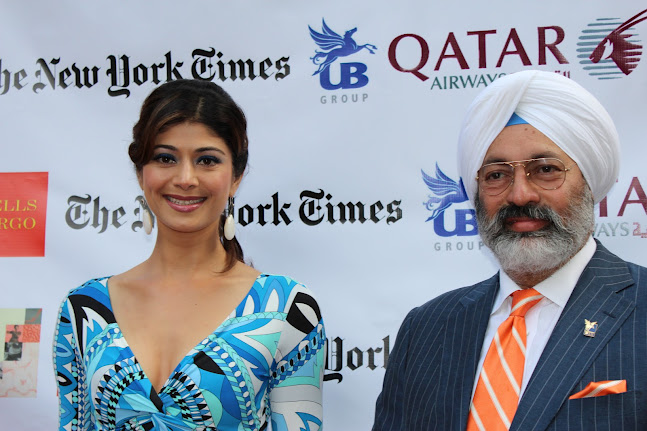
Former Miss India and current Royal Challenge Brand Ambassador, Pooja Batra,
with President of The UB Group, Americas, Tony Bedi. Photo: Archana Desai.
The centerpiece film was Rituparno Ghosh’s Chitrangada, right off the cutting room floor, which had its world premiere at the legendary Tribeca Cinemas. Anurag Kashyap’s Gangs of Wasseypur closed the Festival at N.Y.U.’s impressive Skirball Center. This closing night film debuted two weeks ago at the prestigious Festival de Cannes 2012. The Festival ended with an awards ceremony and closing night party sponsored by Wells Fargo.
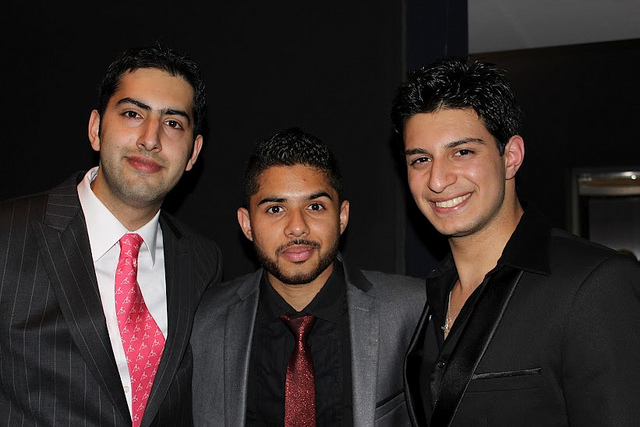
Director Kabir Chopra and actor Zoran Saher. Photo: New York Indian Film Festival.
Other winners are:
Best Young Actor Award. Presented by director Prashant Nair to Mohammad Samad for Gattu.
Best Actress. Presented by director Dev Benegal to Tannishtha Chatterjee for Dekh Indian Circus.
Best Actor. Presented by director Aishwarya R. Dhanush to Nawazuddin Siddiqui for Dekh Indian Circus.

From the film “Varnam.” Photo: New York Indian Film Festival.
The independent jury who voted for their favorite nominees in each category included Parag Amladi, Ashish Avikunthak, Dev Benegal, Jerry Carlson, Tejaswini Ganti, Udayan Gupta, Poorna Jagannathan, Kavey Kaul, Joseph Mathew, Myrna Moncayo-Iyengar, Claus Mueller, Muriel (Mike) Peters, Zenobia Shroff, and Nilita Vachani. The Awards were audited by KPMG.
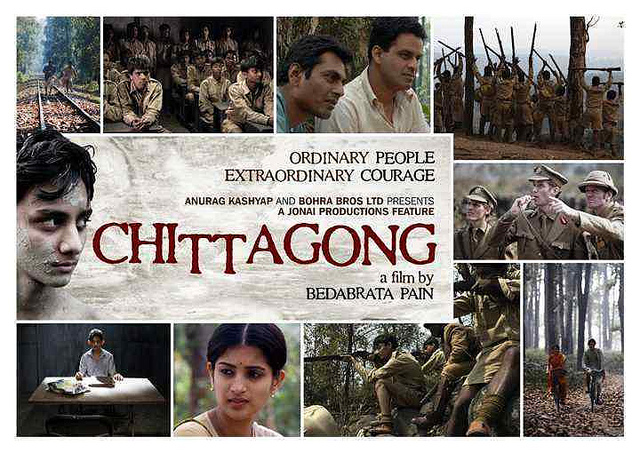
Image courtesy of the New York Indian Film Festival.
A synopsis of my favorite films presented is as follows:
Chittagong (Bedabrata Pain). Set in the turbulence of the 1930s British India, Chittagong is a true story of a 14-year-old boy, Jhunku, and of his journey to find where he belongs. For the first time in Indian history, the British army is defeated by a ragtag army of schoolboys and their teacher, Masterda. Called a traitor by his peers, and let down by a man he trusts, Jhunku impulsively joins the movement. As his world is turned upside down, Jhunku is forced to confront his self-doubts. As the leaders of the movement are progressively caught or killed, Jhunku battles against seemingly insurmountable odds to win a victory of his own. The film is a brilliant, poignant action-drama, made more so by the fact that it is true.
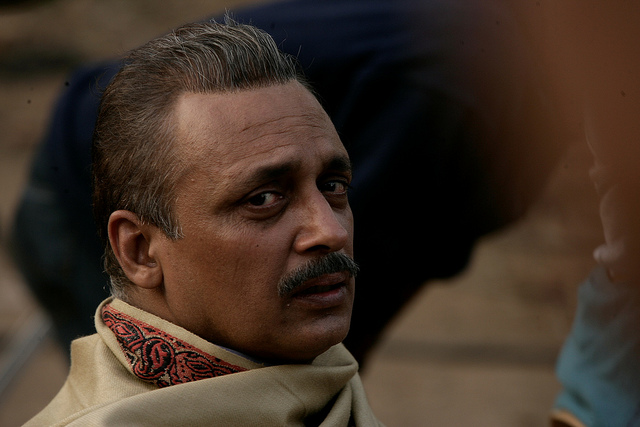
The film “Gangs of Wasseypur.” Photo: New York Indian Film Festival.
Gangs of Wasseypur (Anurag Kashyap). Towards the end of colonial India, Shahid Khan loots the British trains, impersonating the legendary Sultana Daku. Now outcast, Shahid becomes a worker at Ramadhir Singh’s colliery, only to spur a revenge battle that passes on to generations. At the turn of the decade, Shahid’s son, the philandering Sardar Khan vows to get his father’s honor back, becoming the most feared man of Wasseypur. In contemporary times, the weed addicted grandson, Faizal Khan, wakes up to this vengeance that his family has inherited. Staying true to its real life influences, the film explores this revenge saga through the socio-political dynamic in erstwhile Bihar (North India), in the coal and scrap trade mafia of Wasseypur, through the imprudence of a place obsessed with mainstream ‘Bollywood’ cinema. Having been in Bihar just a few months ago, I was delighted to see the geography on the big screen.
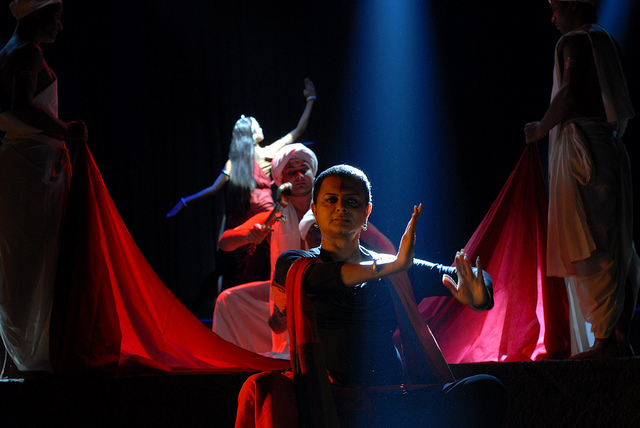
One of my favorite actors, Rituparno Ghosh, agonizes over his decision to have a
sex change in Chitrangada. Photo: New York Indian Film Festival.
Chitrangada. Rituparno Ghosh faces the camera again in the role of a choreographer who plans to stage the dance drama Chitrangada on the occasion of Rabindranath’s 150th birth anniversary. Rituparno Ghosh is Rudra Chatterjee in this Bengali movie Chitrangada and the character’s nick name is Khokon. Rudra Chatterjee was interested in art from his childhood but he studied Engineering as his father wanted him to study in technical stream. There was a conflict between the father and son, ultimately the son, Rudra became a choreographer. This is the point where the story of the new Bengali film Chitrangada coincides with Rabindranath Tagore’s Chitrangada. In Tagore’s Chitrangada, the King of Manipur wants to see his daughter Chitrangada as prince of Manipur since he doesn’t have a son but Chitrangada wants to remain a girl. Watching the Festival with my old friend Sundaram Tagore, Rabindranath’s grandson, made it that much more exciting. Sundaram serves as an advisor to the Indo-American Arts Council.
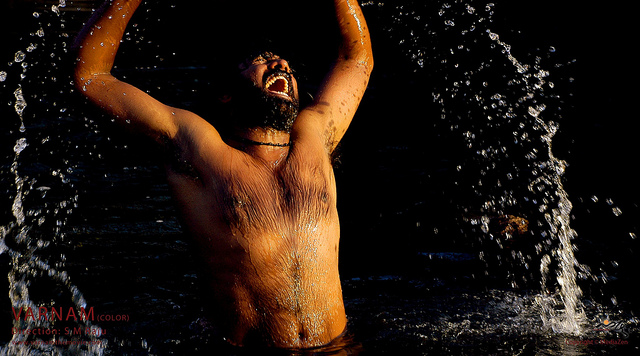
From the film “Varnam.” Photo: New York Indian Film Festival.
The final awards are:
Best Director. Presented by director Anurag Kashyap to Sujay Dahake for Shala.
Best Film. Presented by Rahul Baig of Wells Fargo to Gattu by Rajan Khosa.
Special Contribution to Indian Cinema Award. Presented to actor/director Rituparno Ghosh.
Lifetime Achievement Award. Presented to director Shyam Benegal.
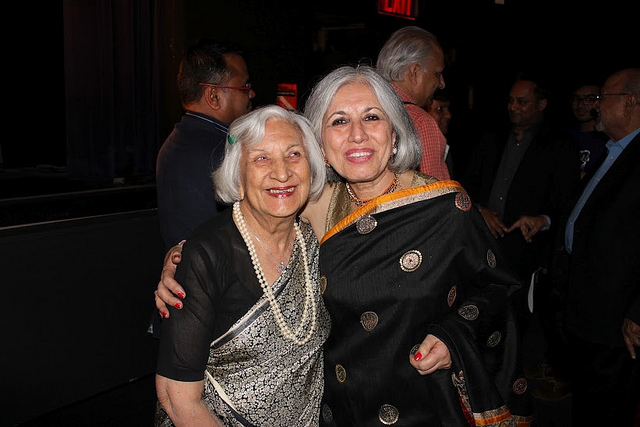
Founder and director of the Indo-American Arts Council (IAAC) with her mother.
Photo courtesy of Archana Desai.
Film can entertain, but it is also the best tool known for informing and uplifting humanity to a higher plain. Films such as Saving Face about the plight of acid attack play an integral role in allowing us to see what is wrong with the world so we can focus on righting it. Films such as Bombay Snow, Shala, Gattu, feed the soul. Directors such as Rituparno Ghosh and Shyam Benegal create worlds that we may visit by simply entering a theater. The arts are man at its best, even when focused on humanity at its worst. The Indo-American Film Festival and its founder and director Aroon Shivdasani is to be commended for her decades-long efforts to promote cultural literacy, and especially for the triumph this week of the 12th Annual New York Indian Film festival.
Indo-American Arts Council (IAAC)
The oldest and largest Indian arts organization outside India, it was founded by Aroon Shivdasani in New York City.
New York Indian Film Festival (NYIFF)
A project of the Indo-American Arts Council, NYIFF is the oldest and largest Indian film festival outside India. 2012 is its twelfth year.
Special thanks to Indian film expert Zoran Saher for his assistance.
See Stories by Jim Luce on:
Film | India and Indian-American Culture | New York
Meet the Amazing Aroon Shivdasani of NYC's Indo-American Arts Council
Indo-American Arts Council Fete Recreates Mughal Court in Manhattan
Thought Leader and Global Citizen, India’s Filmmaker Mira Nair
Mani Ratnam's Raavanan: The Must-See International Film of 2010
Eleventh Annual New York Indian Film Festival Triumphant!
Indian Legend Ustad Amjad Ali Khan and Sons Perform in NYC
The James Jay Dudley Luce Foundation (www.lucefoundation.org) is the umbrella organization under which The International University Center Haiti (Uni Haiti) and Orphans International Worldwide (OIWW) are organized. If supporting young global leadership is important to you, subscribe to J. Luce Foundation updates here.
Follow Jim Luce on Twitter, Facebook, and LinkedIn.
|

